Localities reported that many factories wanted to sign contracts to use rooftop solar power, but encountered difficulties due to lack of mechanisms and support.
At the forum on rooftop solar power development in industrial parks on the afternoon of April 11, Mr. Nguyen Vu Chien, Deputy Head of the Industrial Park Management Board of Nam Dinh province, said that the locality has 6 industrial parks that meet the requirements for green exports and the use of rooftop solar power.
However, Mr. Chien reflected that many factories encountered difficulties when they needed to connect and sign contracts to use this type of energy. According to him, the fact that power companies temporarily stopped connecting after Decision 13 on the mechanism to encourage solar power expired at the end of 2020, caused "businesses to lose direction and find it difficult to find alternative solutions".
They also face the problem of investment costs. "To produce 1 MW of electricity, it takes about 13 billion VND," Mr. Chien said.
Not to mention, the hot season in the North is usually short, 3-4 months, heat radiation is less than in the Central and Southern regions, so the capacity and output of rooftop solar power is lower. This makes businesses worry about the ability to recover capital, reducing profits compared to the high initial investment cost.

Mr. Nguyen Vu Chien, Deputy Head of Nam Dinh Province Industrial Park Management Board. Photo: DDDN
Similarly, Mr. Truong Van Cam, Vice President of the Vietnam Textile and Apparel Association (Vitas), said that about 30-50% of textile and garment enterprises have installed rooftop solar power. The rest stopped implementing it since the end of 2020 because there was no follow-up mechanism after the previous incentive policy expired.
Meanwhile, according to new standards for exporting to Europe, textiles and garments will have to have green production certificates if they want to enjoy incentives. Therefore, textile and garment enterprises need to install and invest in rooftop solar power on factory roofs, but they have difficulty connecting to this energy source due to lack of mechanisms.
Specifically, according to Mr. Cam, rooftop solar power will be developed in the form of self-production and self-consumption by 2030, but there are no specific regulations on this type. "With the current mechanism, businesses cannot do it even if they want to," he said.
In addition, textiles are mainly small and medium-sized enterprises, so they need capital support when installing rooftop electricity and green conversion.
Statistics from the Ministry of Industry and Trade show that the rooftop solar power capacity by the end of 2022 will be about 9,000 MW, with a selling price of 8.38 cents per kWh. However, by the end of July 2023, there are still nearly 1,000 rooftop solar power systems with a capacity of 400 MW connected to the grid waiting to be added to the planning. The fate of these projects has not been decided due to the lack of a clear mechanism.
Experts say that industrial parks in Vietnam still have a lot of room to develop rooftop solar power on factory roofs. In fact, many manufacturing enterprises also want to use electricity from renewable energy sources to achieve green certification when exporting.
Therefore, Dr. Nguyen Quoc Viet, Deputy Director of the Vietnam Institute for Economic and Policy Research (VEPR), said the State needs to have clear policies on the output and installed capacity of this power source, as well as investment procedures, planning, and fire prevention and fighting.
Agreeing, Mr. Nguyen Vu Chien proposed that the Ministry of Industry and Trade provide specific guidance on standards and methods for construction and installation of rooftop solar power systems.
According to Power Plan VIII, rooftop solar power is expected to reach a capacity of 2,600 MW by 2030, to ensure the safety and security of the power system.
"Management needs to be decentralized to local professional agencies," Mr. Nguyen Quoc Viet suggested, adding that businesses also need support from the Government, international organizations and banks in finding capital sources, applying incentive mechanisms and tax incentives.
Phuong Dung
Source link




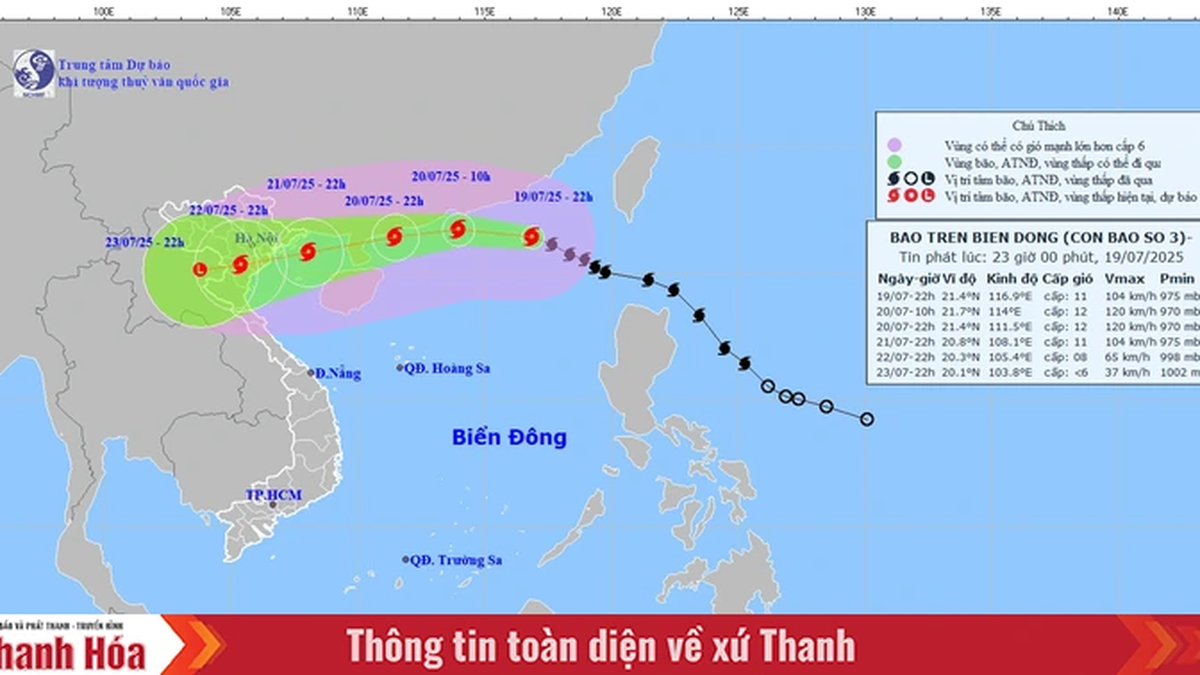


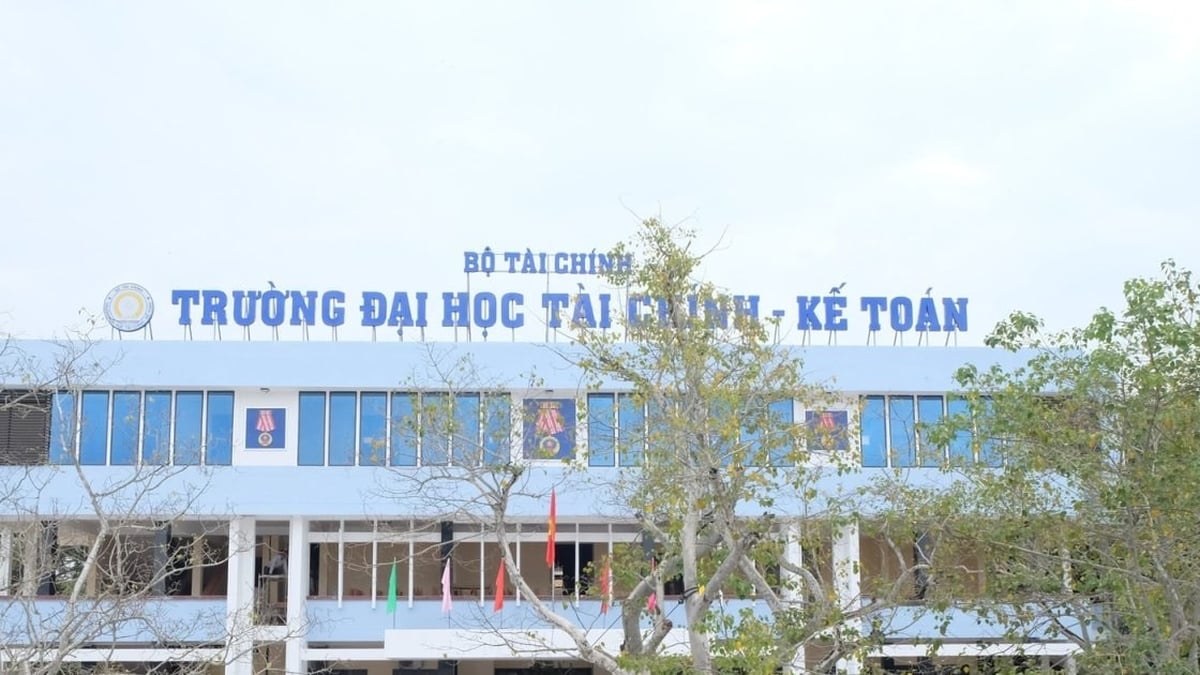
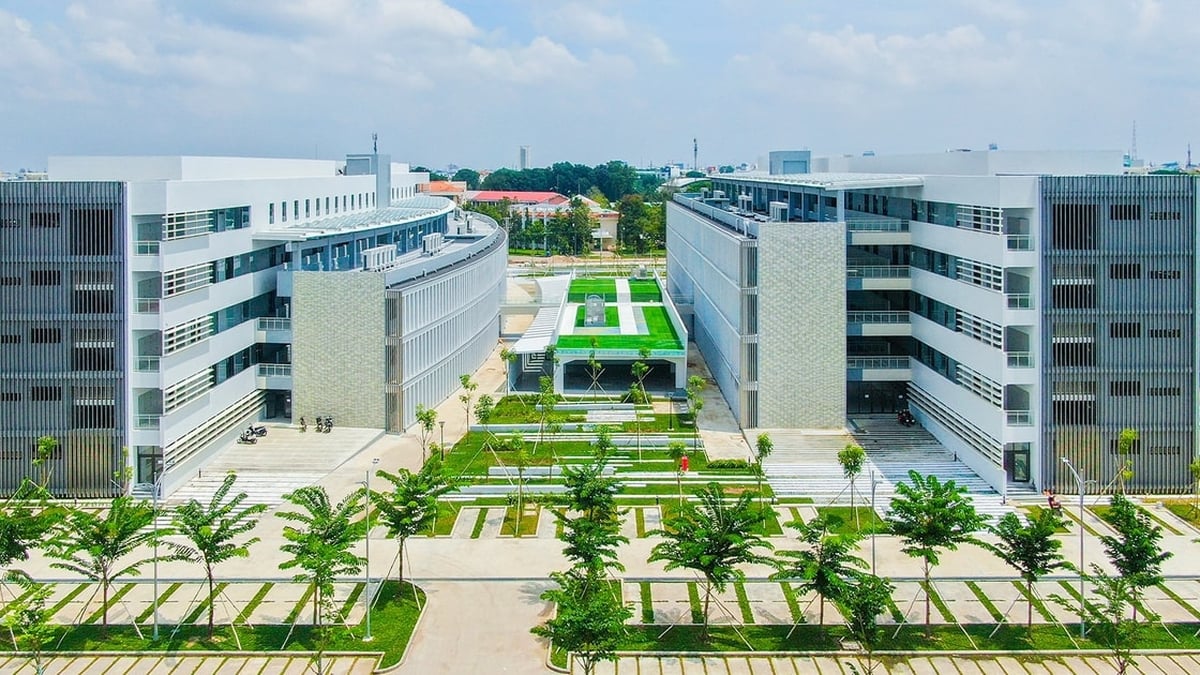
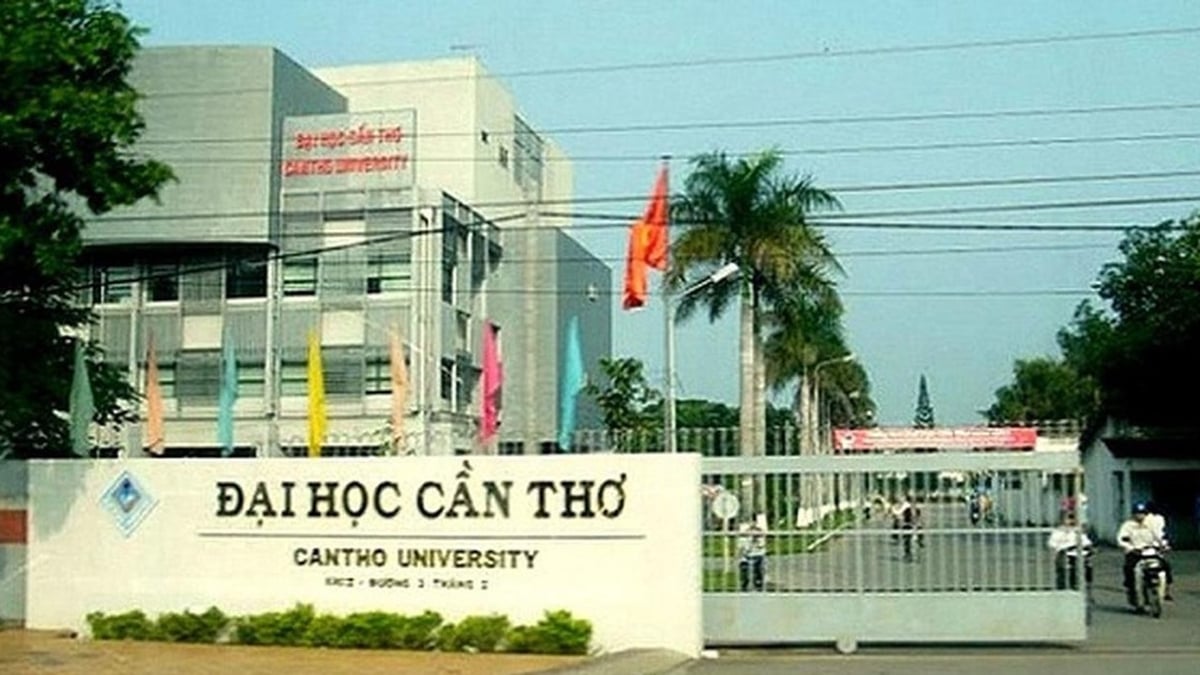

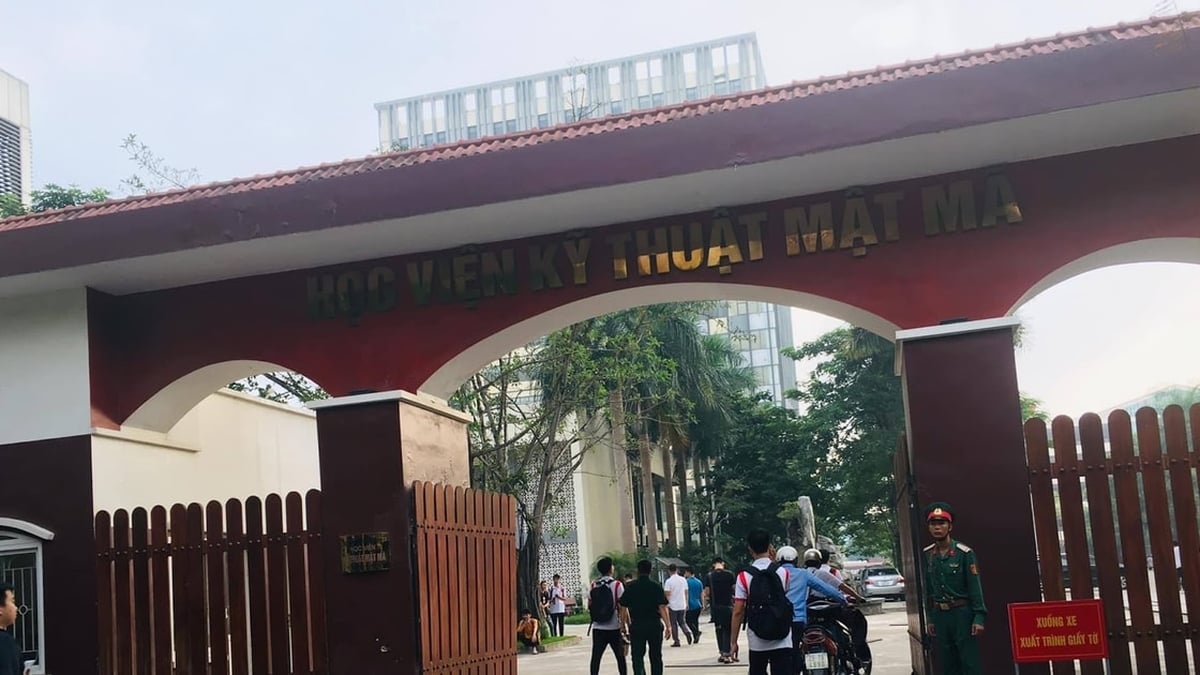






















































































Comment (0)